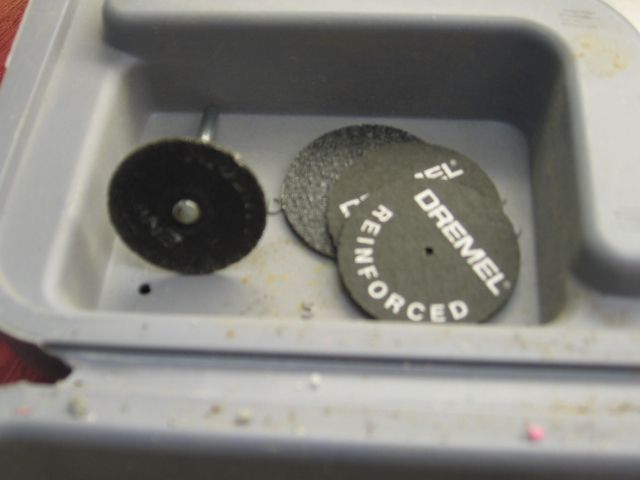I’m going to need to cut some O27 track and this will be my first time attempting it. If using a hacksaw, what would be the best type blade to use?
I have a fixed high speed Dremel and a variable speed .What would be the recommended cutting wheel and at what speed?
Thanks a lot.
Greg
Well, as it turns out it’s not rocket science.
I used ideas from multiple answers and came up with this.
Very simple jig using a hacksaw with 32 TPI blade.
Only five more cuts to make.








